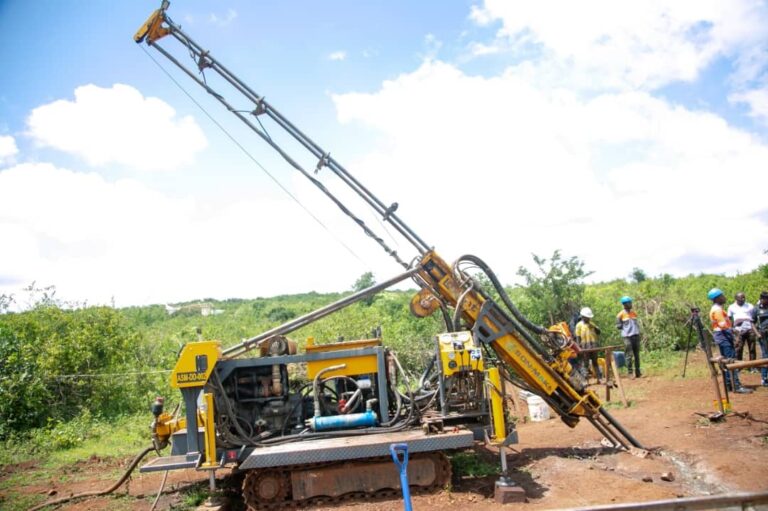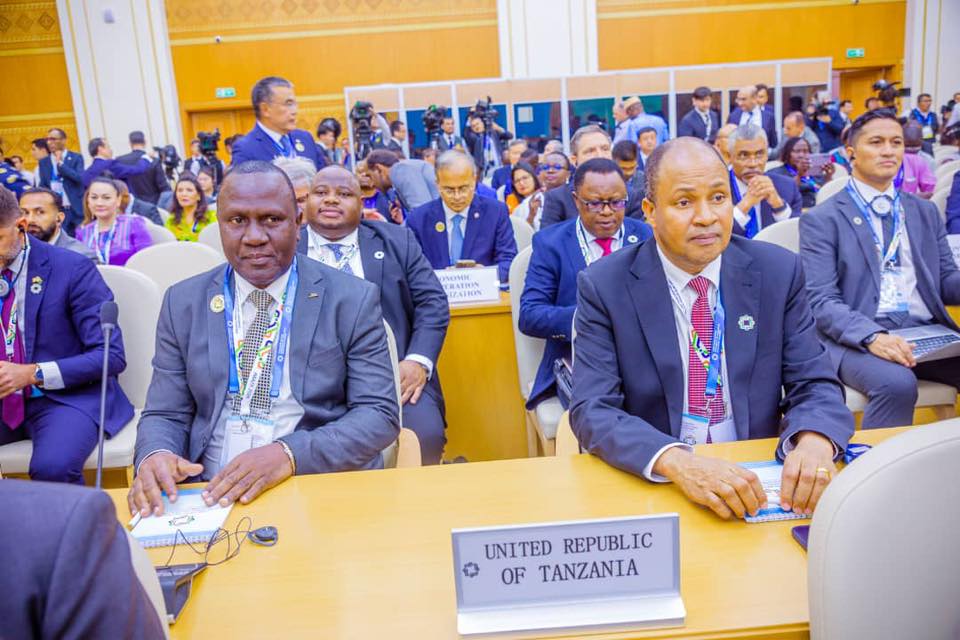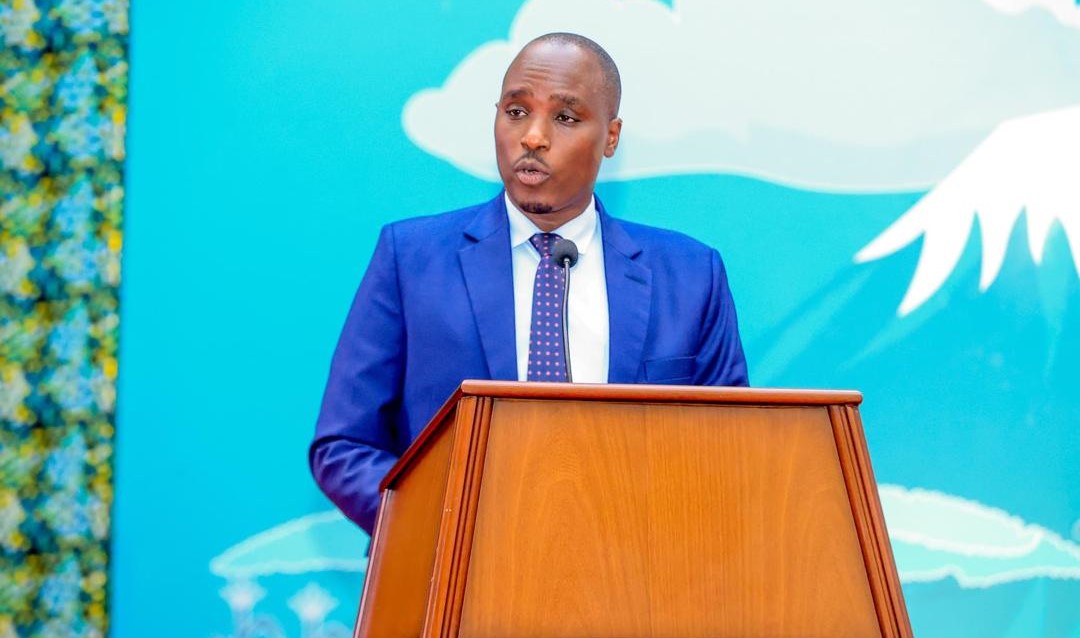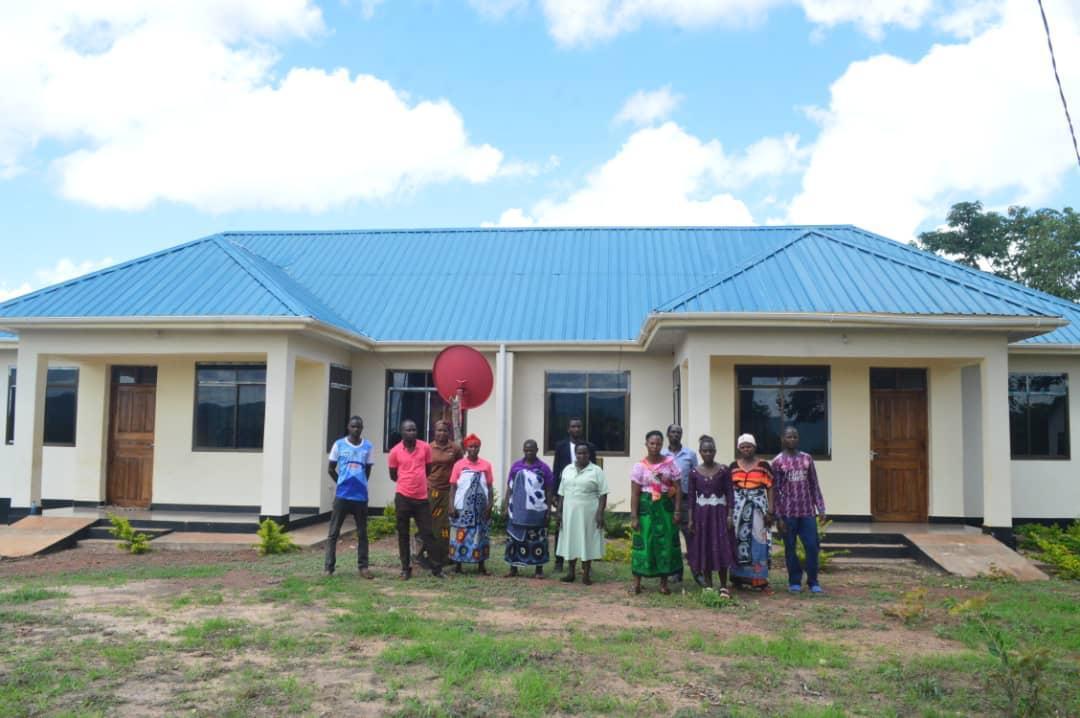Dar es Salaam. As the mining landscape evolves, the government must remain proactive in addressing the challenges faced by small-scale miners, including the need for more advanced equipment and training.
The Tanzanian government, through the State Mining Corporation (STAMICO), continues its commitment to empowering these miners by providing access to advanced drilling technology.
With the introduction of five sophisticated drilling rigs valued at over Sh9.1 billion, inaugurated by President Samia Suluhu Hassan on October 21, 2023, the initiative aims to address the persistent challenges miners face in obtaining accurate geological information.
The need for accurate geological data
Historically, small-scale miners in Tanzania have struggled with limited access to precise geological data.
Many have relied on guesswork, leading to wasted resources and financial losses.
The introduction of these drilling rigs offers miners the ability to drill up to 400 meters underground, enabling them to ascertain the presence and quantity of minerals before committing to extraction.
Stakeholder Insights: A Call for Improvement
During a recent engagement with government communication officers from the Ministry of Minerals, Mr Rodgers Sezinga, a direct beneficiary of the drilling services, highlighted the transformative potential of the rigs.
By providing detailed information about mineral deposits, these tools have enabled miners to make informed decisions, increasing overall productivity.
However, Mr Sezinga also pointed out a critical gap: the need for more Reverse Circulation (RC) rigs, which offer faster results and greater efficiency.
He urged the government to supply geophysical equipment to help identify mineral-rich areas more effectively, thereby reducing unnecessary expenditures.
Mr Christopher Kadeo, former chair of the Small-Scale Miners Association in Geita, echoed this sentiment.
He praised the government for recognizing the importance of assisting small miners but emphasized that expanding the availability of drilling rigs nationwide is essential for maximizing the benefits of this initiative.
Mr Kadeo’s perspective highlights a broader concern regarding resource allocation and accessibility, suggesting that a more strategic approach could significantly enhance mining outcomes across the region.
Professional perspectives: The importance of data accuracy
Mr Nachindala Kazingumbe, a geologist at STAMICO overseeing the drilling operations, emphasized the rigorous methodology employed by the new rigs.
By drilling and collecting geological samples, the rigs provide reliable data that is crucial for understanding subsurface conditions.
This marks a departure from traditional, less accurate methods, aligning with global best practices in mining exploration.
The government’s decision to offer these drilling services free of charge, while requiring miners to cover operational costs, represents a significant step toward making mining more financially viable for small operators.
The estimated cost of Sh10.8 million per 100 meters drilled—substantially lower than the market rate of over Sh22 million—demonstrates a commitment to reducing barriers to entry for small-scale miners.
Evaluating the impact and future prospects
To date, 23 small-scale miners have utilized the drilling services, resulting in 6,929 meters drilled.
The affordability of this service is crucial, as it enables miners to invest in their operations without the fear of financial ruin due to uninformed drilling practices.
Looking ahead, STAMICO’s plan to acquire an additional 10 drilling rigs—some designated specifically for women and youth—signals an intention to broaden access and improve inclusivity in the mining sector.
However, stakeholders caution that to truly capitalize on this initiative, ongoing support and resources are necessary.







